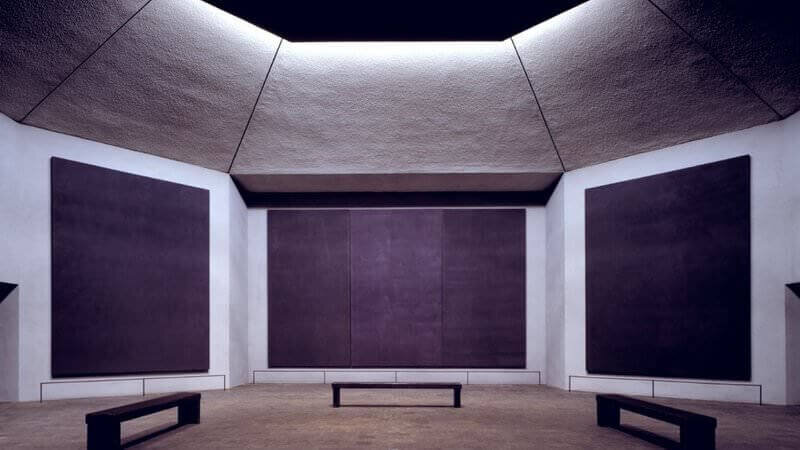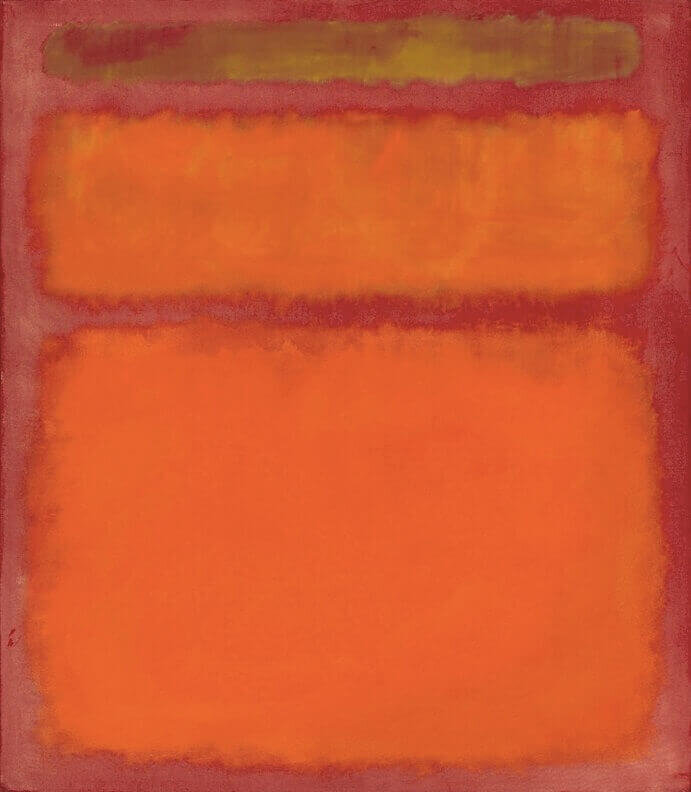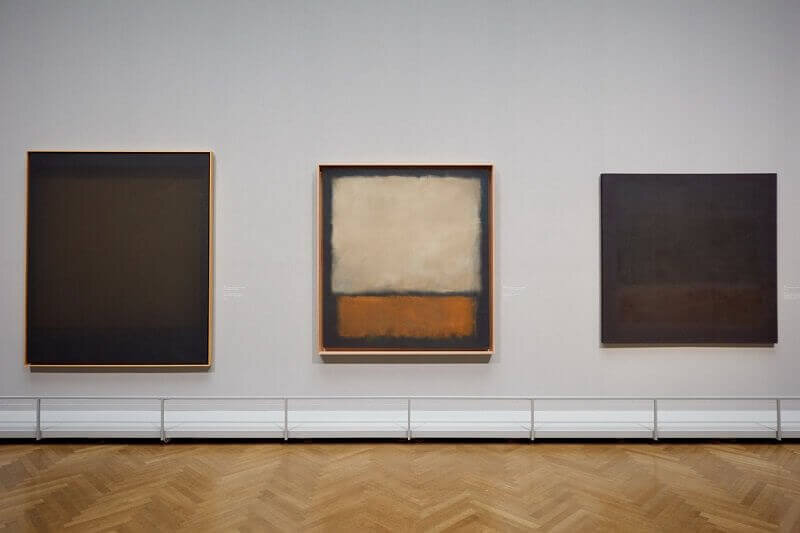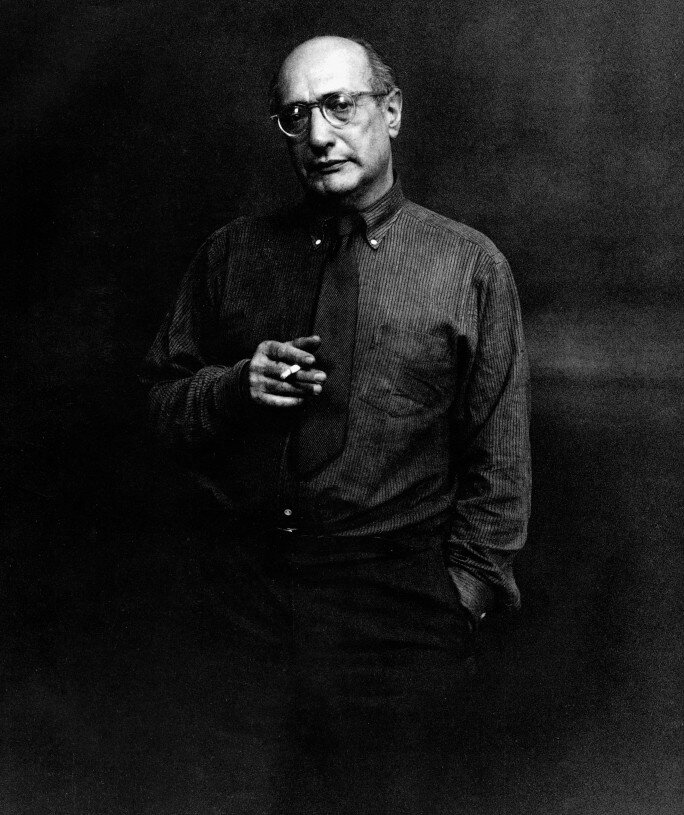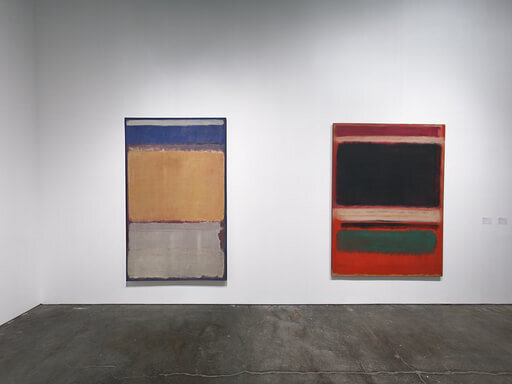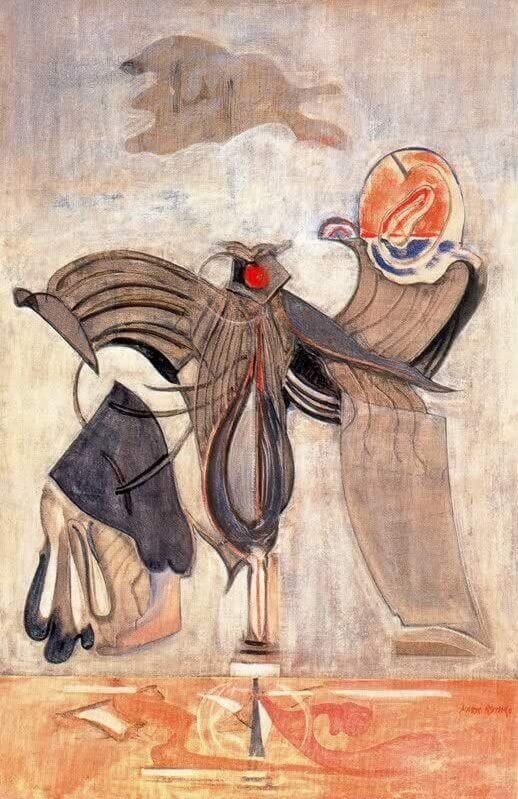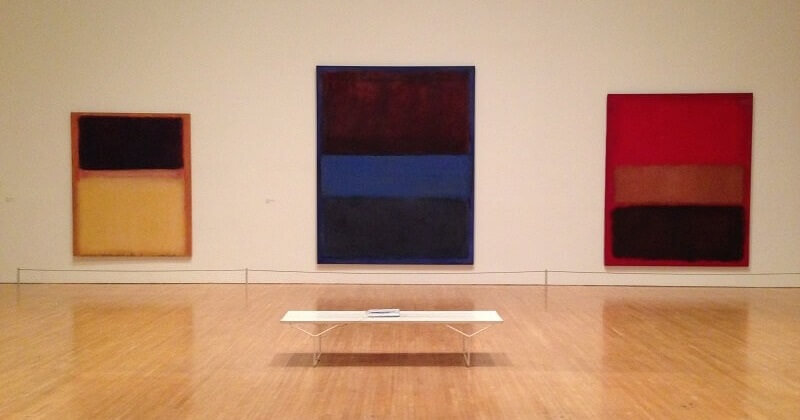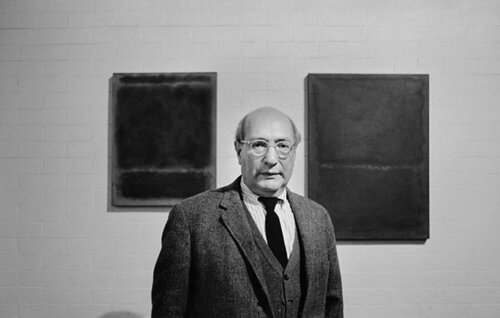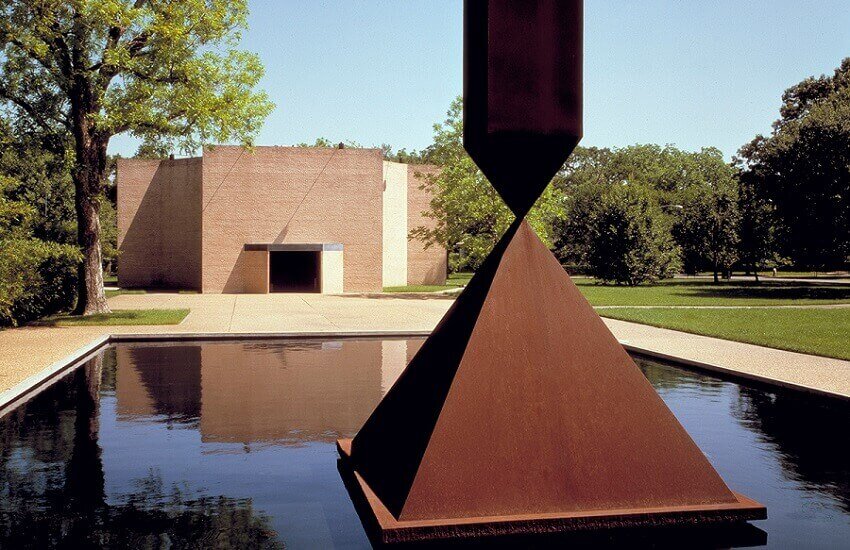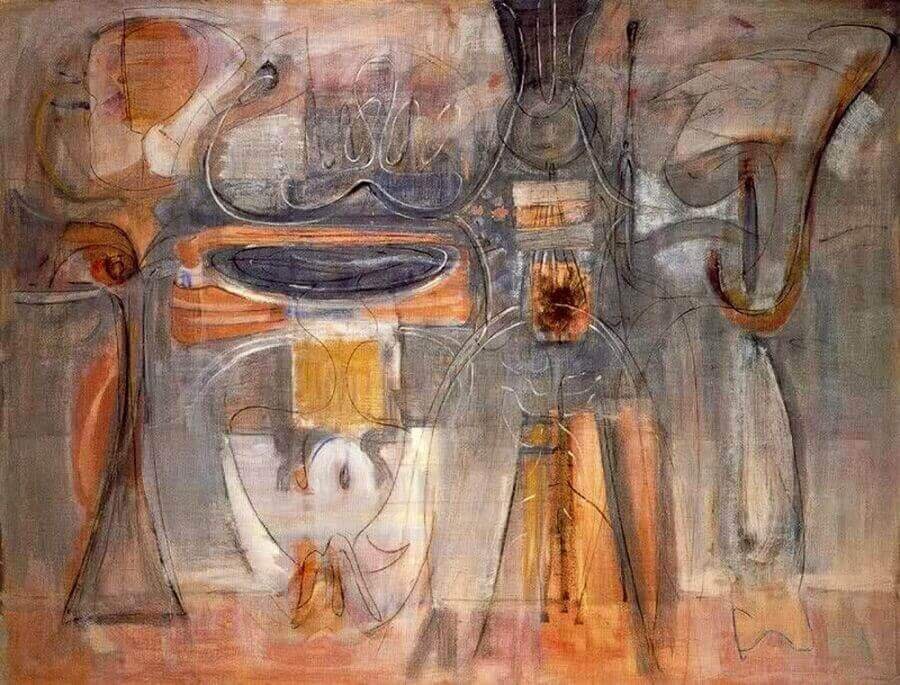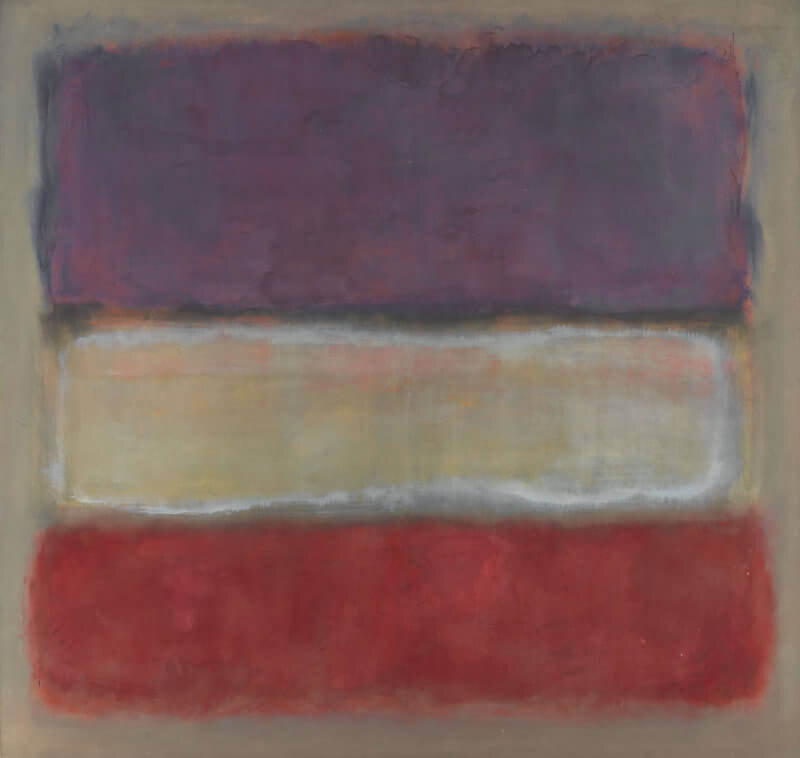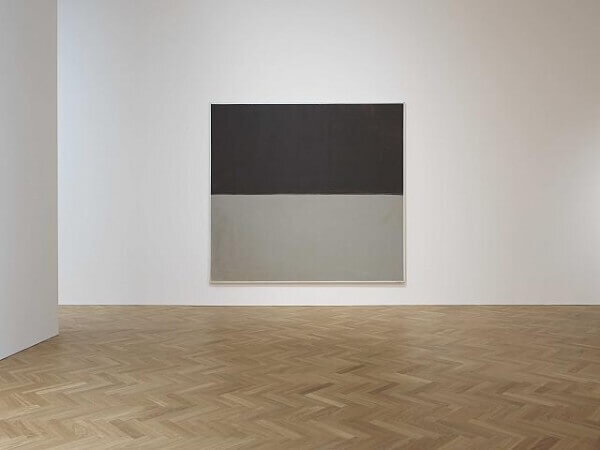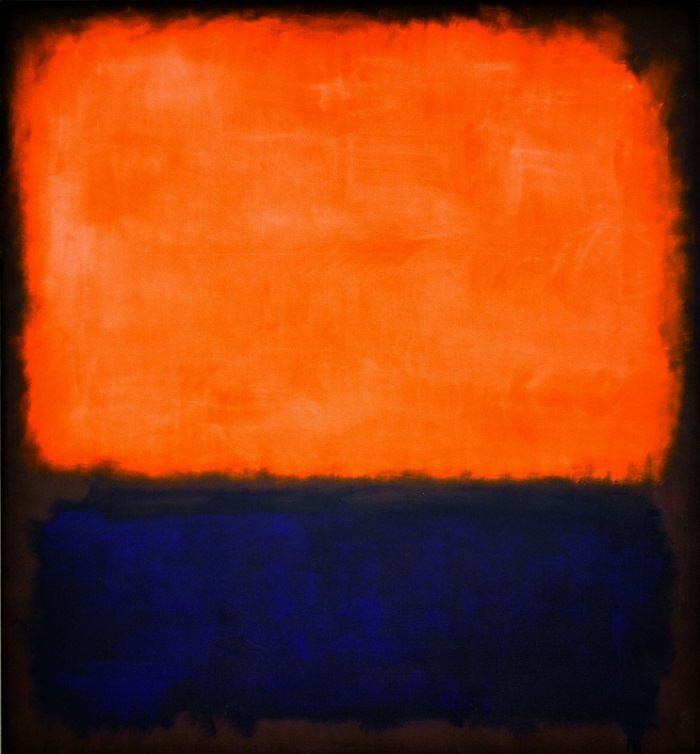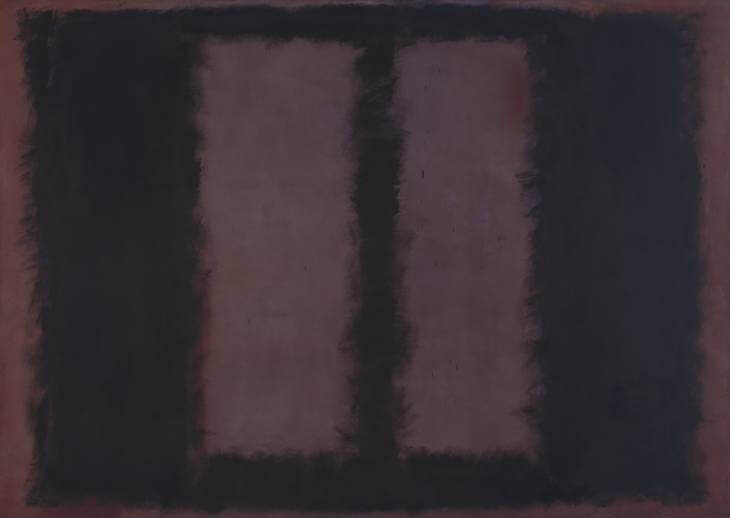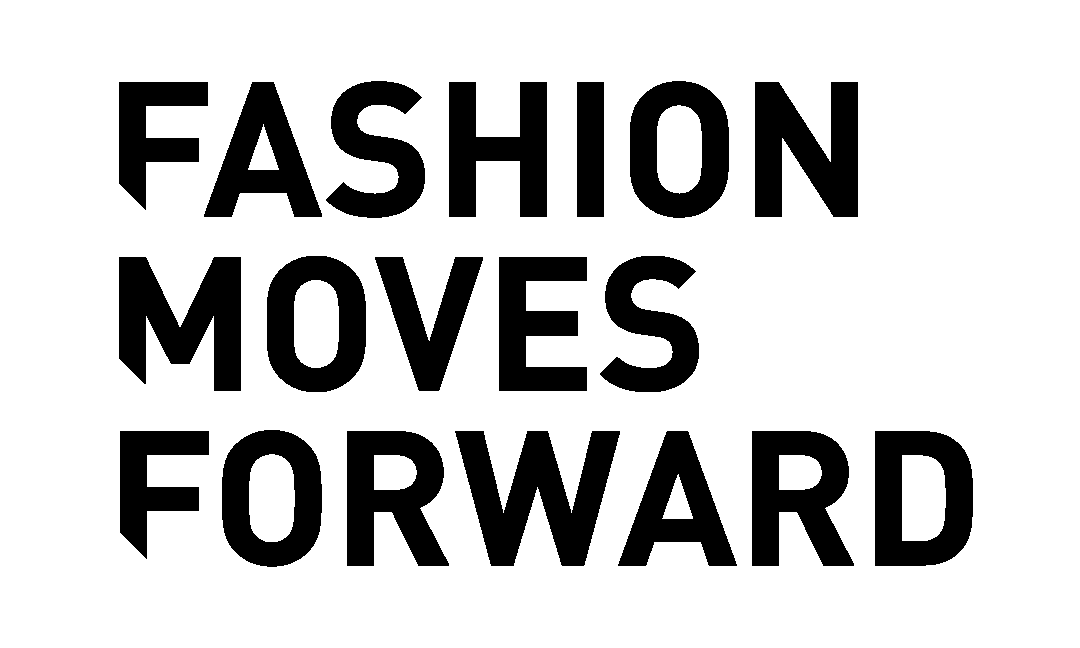Artist Exhibition: Mark Rothko
Born Marcus Rothkowitz in Dvinsk, Russia on September 25th, 1903, Rothko was the fourth child born to the Jewish family of Jacob and Anna Rothkowitz. The family immigrated to the United States when Rothko was just 10 years old and resettled in Portland, Oregon. Rothko was a natural intellect and excelled in academics, graduating from Portland’s Lincoln High School in 1921, to then attend Yale University. There he studied Liberal Arts & Sciences but never finished leaving in 1923 to move to New York City to briefly study at the Art Institutes League. He later took to teaching at the Center Academy of the Brooklyn Jewish Center in 1929.
Not too long after he began teaching, his art was shown in one-person exhibitions at the Contemporary Arts Gallery in New York and the Museum of Art in Portland, Oregon. He was also part of a group of modern artists who called themselves “The Ten,” working on federally sponsored art projects for the Works Progression Administration.
In the 1940s, Rothko began to pivot his painting style. This was also when he changed his last name from Rothkowitz to “Rothko” as he feared the growing Nazi influence in Europe might provoke sudden deportation of American Jews. Before this time he was painting urban life with a sense of isolation and mystery, though after WWII, he moved to the timeless ideas of death and survival, ancient myths and religion. Rothko was inspired by the works and ideas of Surrealist painters Max Ernst and Joan Miro. He painted vast “Biomorphic” forms suggesting the idea of otherworldly plants and creatures.
In 1943, Rothko and a close friend and fellow artist, Adolph Gottlieb penned a manifesto of their artistic beliefs. Their manifesto entailed the beliefs such that “Art is an adventure into the unknown world” and “We favor the simple expression of the complex thought.” Fellow artists Jackson Pollock, Clyfford Still, Willem de Kooning, Helen Frankenthaler, Barnett Newman, and others joined Rothko and Gottlieb and became known as the Abstract Expressionists. All of their art was highly abstract, with no reference to the material world, while still being highly expressive. Their art brought forth strong and impactful emotional content.
By the 1950s, Rothko’s painting styled had completely pivoted as all his works were completely abstract. This is where he began working on the paintings he is best known for today, the “Colorfield Paintings.” His signature style of vast and colorful rectangles floating on top of a colored background. These paintings were done on towering canvases with the use of broad and simplified areas of color. He would paint in thin, layered washes of color that seemed as if they were glowing from within. His paintings were intended to be viewed at a close range to bring forth in the viewer that they were being engulfed by the colors.
It was not until later in his life in the 1960s that Rothko began to paint with darker colors. Maroons, browns, and blacks became prominent colors in his paintings with his brighter oranges, pinks, and yellows becoming lost. During this time he was commissioned to paint a series of murals for the Four Seasons restaurant in New York City. He never finished this project as he withdrew citing dissent for the place and the patrons. Another project he was commissioned to do was for the non-denominational chapel in Houston, Texas. After conversations with the architects and designers of the chapel, it was decided that the chapel was the perfect and ideal space for his stark, yet immersive, works.
It was not too long after in 1968 that Rothko was diagnosed with heart trouble and suffered from depression. He took his own life on February 25th, 1970, leaving behind his second wife, Mary Alice Beistle, and his children, Kate and Christopher. After his death, his family was involved in an extended legal battle with the executors of his will over his 836 paintings. After a tiring battle, it was decided that the paintings would be divided between the Rothko family and museums around the world.
“Not only was he a guiding light to his contemporaries, but his courage has ensured that we have risk-takers today bringing forth their own brand of rebellion for us to admire and enjoy. Today his work can be found in museums all over the world and he has become the poster child for modern art and freedom of expression.”
